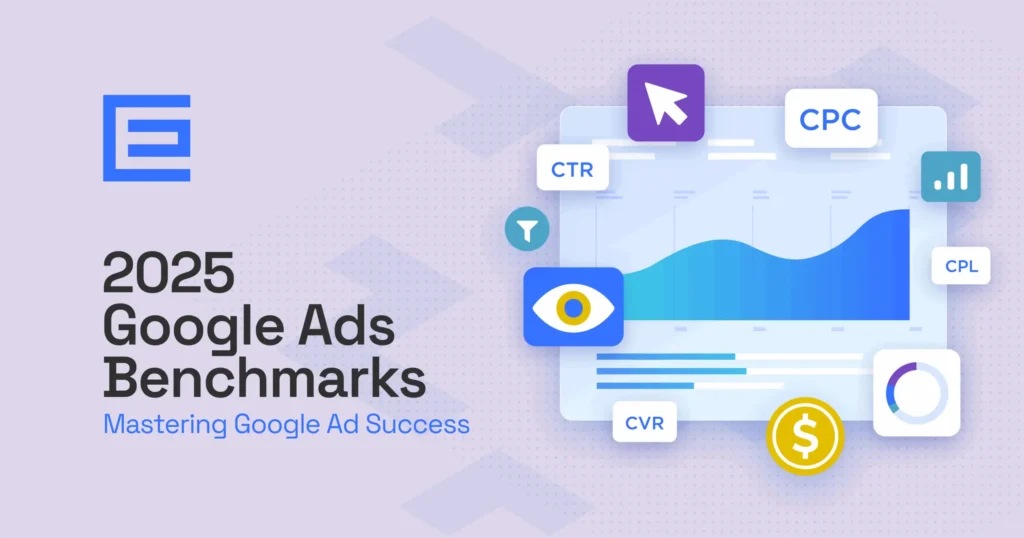Introduction
Best Technology Content Marketing In the fast-paced world of technology, content marketing continues to evolve rapidly. As we enter 2025, businesses are increasingly investing in strategic content to engage their audiences, generate leads, and position themselves as thought leaders. Best Technology Content Marketing Benchmarks, Budgets, and Trends: Outlook for 2025 But what are the benchmarks, budgets, and trends shaping the tech content marketing landscape this year? Best Technology Content Marketing
This comprehensive blog post will explore what tech marketers can expect in 2025, including content performance standards, spending priorities, and emerging trends that are changing how tech brands connect with customers. Technology Content Marketing Benchmarks, Budgets, and Trends: Outlook for 2025
1. What Is Technology Content Marketing?

Technology content marketing refers to the strategic creation and distribution of valuable, relevant, and consistent content to attract and retain a clearly defined audience—typically within the tech industry.
Technology Content Marketing Benchmarks, Budgets, and Trends: Outlook for 2025 Whether it’s a SaaS company publishing blog posts, a cybersecurity firm sharing whitepapers, or an AI startup producing YouTube explainers, the goal is to educate, inform, and convert audiences through high-quality content. Technology Content Marketing Benchmarks, Budgets, and Trends: Outlook for 2025
2. Key Benchmarks in 2025

Best Technology Content Marketing Benchmarks, Budgets, and Trends: Outlook for 2025 As competition grows, tech marketers are constantly looking for performance metrics to compare their efforts. Here are some of the top benchmarks: Technology Content Marketing Benchmarks, Budgets, and Trends: Outlook for 2025
✅ Traffic Growth
- Average monthly organic traffic growth: 15–25%
- Blogs with high-performing SEO see up to 40% traffic increase YoY (Year over Year)
✅ Lead Conversion
- Landing page conversion rates average between 2.5–6%
- Gated content (eBooks, whitepapers) conversion: 20–45%
✅ Content Formats Usage
- Blogs: 92%
- Videos: 78%
- Webinars & Live Demos: 65%
- Case Studies: 58%
✅ Top KPIs Measured
- Website traffic
- Leads generated
- Engagement (shares, comments, time on page)
- ROI from content campaigns
3. Budget Trends in Tech Content Marketing
Content marketing is no longer seen as a “nice-to-have”—it’s now a core investment for tech brands. In 2025:
📊 Budget Highlights
- 68% of tech companies plan to increase their content marketing budgets
- 22% of the marketing budget is being allocated to content, on average
- Mid-size SaaS firms are spending between $5,000 – $25,000/month on content
📌 Where the Budget Is Going
- Video production & editing
- SEO tools and platforms
- Freelance/agency content creators
- AI-powered content creation tools
- Content distribution and paid promotion (LinkedIn, YouTube, Google Ads)
4. Technology Content Marketing Trends in 2025
Let’s explore some of the most important trends shaping the future of tech content:
🔹 AI-Powered Content Creation
- Tools like ChatGPT, Jasper, and Copy.ai are enabling faster content production
- However, human editing is still crucial for quality, tone, and trustworthiness
🔹 Interactive & Visual Content
- 3D product demos, calculators, interactive infographics, and quizzes are gaining traction
- 65% of B2B buyers say interactive content helps them better understand complex products
🔹 Video-First Strategy
- Short-form tech explainers (60–90 seconds) are dominating social media
- YouTube, TikTok, and LinkedIn are top platforms for B2B video marketing
🔹 Thought Leadership Over Sales Pitches
- Companies are investing more in educational content that builds trust
- CEOs and CTOs are being encouraged to create content or share on LinkedIn
🔹 Voice Search & AI Assistants
- Content is being optimized for voice queries as more users rely on smart assistants
- “Conversational SEO” is becoming an essential practice
🔹 Data-Driven Storytelling
- Brands are using their own research and internal data to create compelling reports, trends, and benchmarks
- High-performing content in tech often includes original statistics
5. Challenges Tech Marketers Face
While there’s plenty of opportunity, there are also common obstacles:
- Content saturation – standing out in a crowded field
- Maintaining quality at scale
- Attribution difficulties – proving ROI
- Keeping up with algorithm changes
- Technical accuracy – especially in fields like AI, blockchain, or cybersecurity
6. Best Practices for Success in 2025
To win at content marketing in the tech world, brands should:
✔️ Develop a documented strategy
Have a clear roadmap with goals, audience personas, channels, and performance metrics.
✔️ Mix content formats
Use blogs, podcasts, videos, webinars, and social posts to reach people in different ways.
✔️ Double down on SEO
Tech content needs strong SEO optimization to reach the right audience.
✔️ Invest in storytelling
Even in highly technical niches, storytelling makes your brand more human and memorable.
✔️ Use AI wisely
AI can support research, outlines, and idea generation—but human creativity is still key.
Conclusion
As we navigate through 2025, it’s clear that technology content marketing is not just growing—it’s evolving. With more competition and smarter audiences, the winners will be those who combine data, creativity, and strategy to deliver real value. Technology Content Marketing Benchmarks, Budgets, and Trends: Outlook for 2025
Whether you’re a tech startup, SaaS company, or B2B enterprise, now is the time to invest in content that informs, inspires, and converts. Track benchmarks, adjust budgets wisely, and follow trends to keep your marketing efforts ahead of the curve. Technology Content Marketing Benchmarks, Budgets, and Trends: Outlook for 2025




